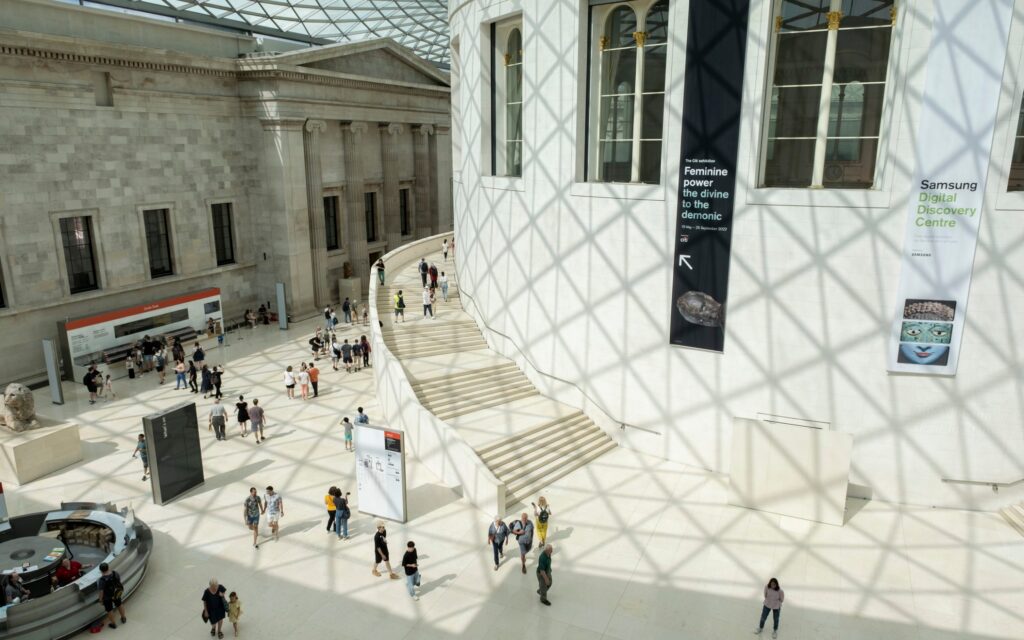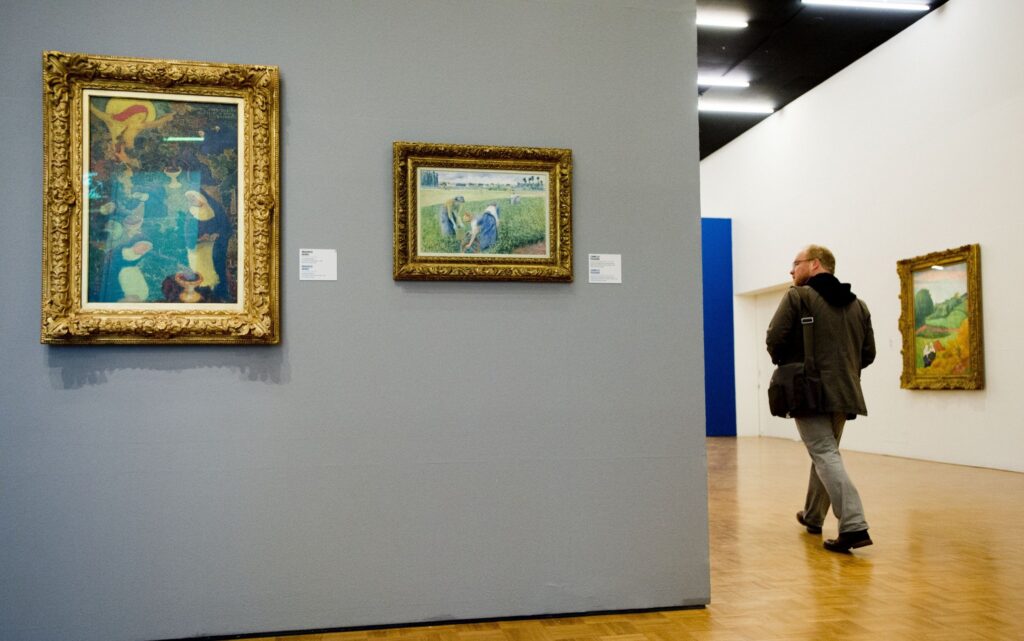In a stunning turn of events, the iconic British Museum in London has been rocked by a series of thefts, leaving the world wondering about the security of its historical treasures. Amid the stolen gold, jewellery, and gems of immense cultural significance, a former employee has been dismissed and detained in connection with the audacious crimes. As investigations continue, the incidents have sparked discussions on the vulnerability of museums to theft and the measures in place to thwart such daring criminal endeavors.
Museum thefts, it turns out, are not as uncommon as one might think. A significant number of these thefts are masterminded by individuals with insider knowledge, granting them access to the collections and an understanding of how to bypass sophisticated security systems. Several factors conspire to make museums susceptible to such occurrences. The high volume of visitors, intricate building layouts, limited staff and resources, and the monumental task of overseeing each displayed artifact collectively create an environment where nefarious activities can transpire.

The British Museum incident is a stark reminder of the challenges museums worldwide face in safeguarding their invaluable possessions. One additional element that perpetrators exploit is the gaps in the documentation and provenance of the stolen artifacts, rendering their tracing and recovery a complex endeavor.
To protect their troves, museums deploy an intricate amalgamation of physical, technical, and procedural safeguards. These measures include advanced locking mechanisms, state-of-the-art alarm systems, vigilant camera surveillance, and dedicated security personnel. Additionally, meticulous inventories and routine audits are conducted to ensure the integrity of the collections. Background checks are carried out on staff to minimize the risk of internal involvement.
However, the grim reality remains that these security layers are not invincible and can be outmaneuvered by determined and skilled criminals. Hence, museums are compelled to cultivate a culture of awareness and accountability amongst their staff and visitors alike. Such a culture is vital to detect and report any suspicious activity promptly.
Cooperation between museums, law enforcement agencies, and other institutions is paramount in thwarting and recovering from such catastrophic incidents. Sharing information about stolen items across borders can expedite recovery efforts and deter potential thieves.

The British Museum thefts serve as an alarming reminder that even the most venerable institutions are not immune to audacious heists. The art world is left contemplating the balance between public access and security, as museums work tirelessly to balance showcasing their treasures with protecting them from those who would seek to exploit their cultural and historical significance.
As the investigation unfolds, the global community eagerly awaits answers regarding the fate of the missing artifacts and the broader implications for museum security. The incident underscores the urgency for continued research, innovation, and collaboration to ensure that our shared heritage remains safeguarded for generations to come.
Resources:
1.https://www.bbc.com/news/uk-66535958
2.https://www.telegraph.co.uk/news/2023/08/17/british-museum-stolen-treasures-art-theft-how-it-happes/
3.https://www.bbc.co.uk/news/uk-england-66527422